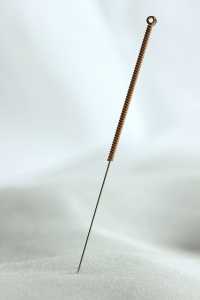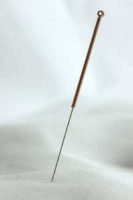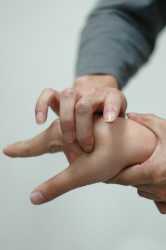Complementary Medicine / 31.07.2024
Exploring the Benefits of Traditional Chinese Medicine for Digestive Health
Editors' note: Please do not delay an evaluation from your health care provider before beginning any traditional or complementary health care plan or supplement. An evaluation and possible imaging may be necessary to adequately evaluate and diagnose your condition. Advise your medical provider of any supplements you are taking as they may have side effects or interact with other medications you are taking.
For millennia, Traditional Chinese Medicine (TCM) has intrigued individuals with its all-encompassing approach to health and wellbeing. One area where TCM shines is in addressing issues related to digestive health, an area broadly encompassed by gastroenterology in modern western medicine.
The benefits of Chinese medicine for digestion are multifaceted, with its holistic approach focusing not only on relieving symptoms but also on treating underlying issues causing gastrointestinal distress.
Chinese medicine comprises numerous disciplines, including herbal medicine, acupuncture, Tai-Chi, cupping therapy, and dietary therapy. Each technique plays a crucial role in promoting overall wellbeing, including digestive health, allowing TCM to offer unique, tailored treatments for a wide array of digestive issues.
(more…)








